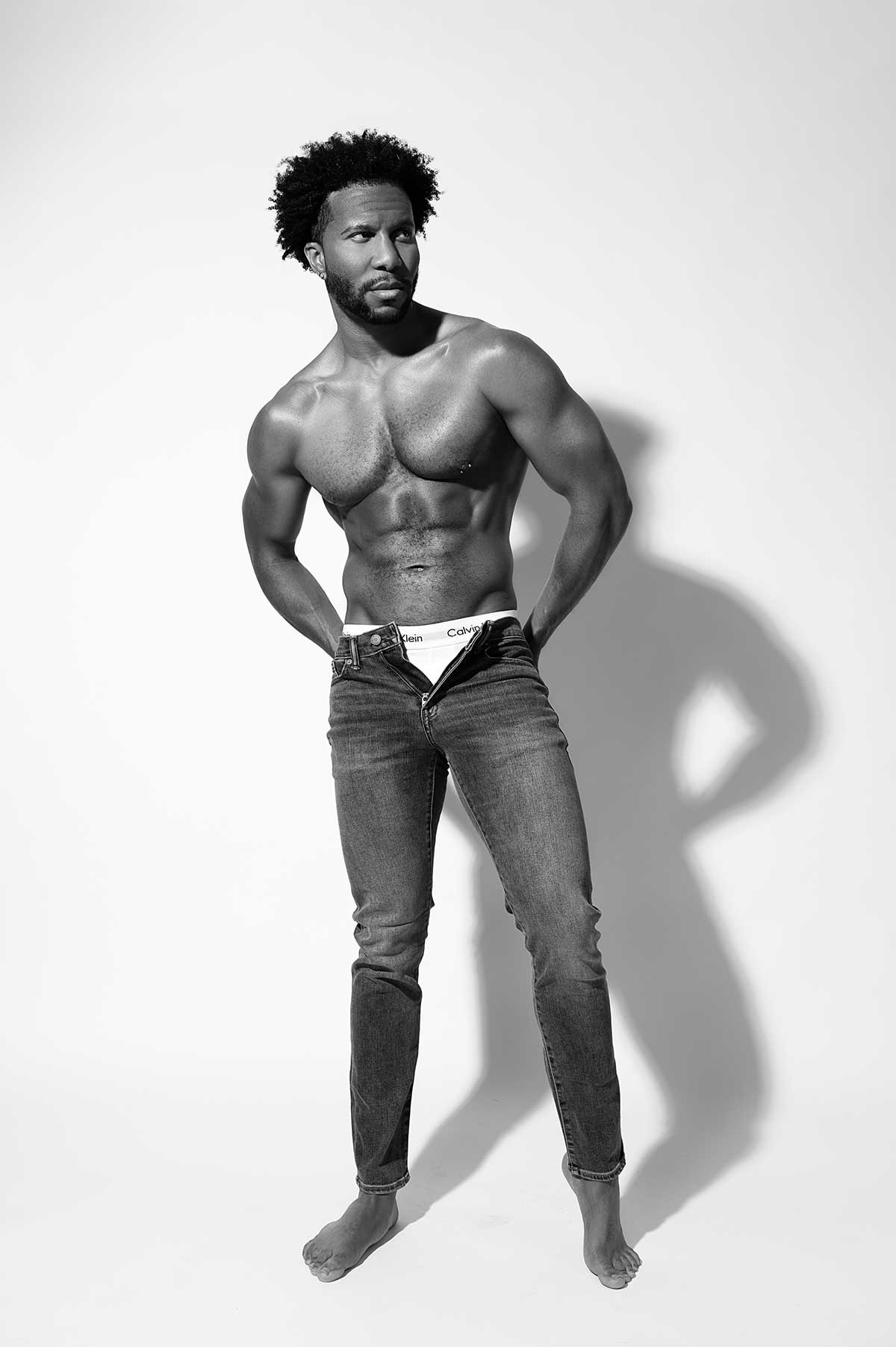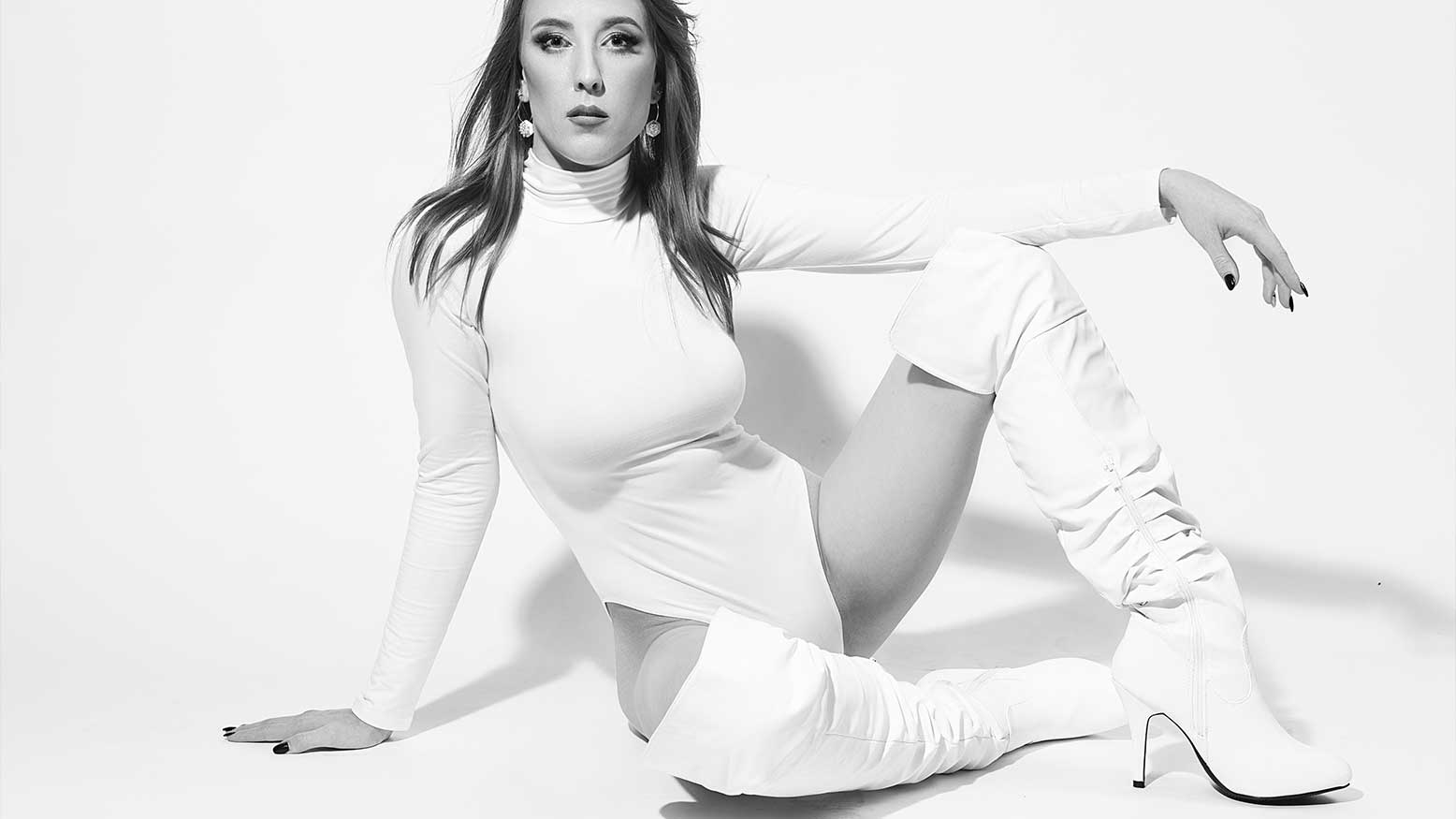The Photographer/Model Relationship: The Cold Hard Truth to Success with Adam Schwartz
For sixteen and a half years I was a TACP, which falls under the Air Force Special Warfare Community. And my favorite saying that I always kept at the forefront of my mind was, “The difference between an Amateur and a Professional is an Amateur practices until they get it right! But a professional practices until they no longer get it wrong.”
When I set out to write this article my objective was to identify communication gaps, hopefully, assist in managing expectations, and potentially offer a little insight from both groups as a way to improve the overall working relationships between the photographer and model to create a more professional industry. So I created two sets of questionnaires, one for Models and one for Photographers. This was to collect data and ensure that I wasn’t allowing my personal experiences to create a bias for this article.
Let me pose two questions to you regarding the relationship between the Photographer and the Model.
Question 1: Can you be a Model or Published Model without a Photographer?
Question 2: Can you be a Photographer or a Published Photographer without a Model?
The simple and honest answers to these questions are No and Yes respectively. And here is why…All images of a model require someone to take the time to set the camera up and snap the photo of said model; even if the model is also the person taking the photo (Selfie). And because the photographer always legally owns the copyrights to the images (even in shared copyright situations), no Magazine digital or print will publish an image without the owner(s) of the copyright(s) agreeing to the terms and submitting the image. However, a Photographer can shoot landscape, photojournalism, sports, product, etc.; and get published in a variety of magazines both digital and print. And to clear up a few things before we start. I am currently a photographer! But, I have posed and sat for both photos and artwork that have been shown in galleries and art shows around the nation since the age of 5. So I understand both sides of this working dynamic.
The first communication gap is TERMINOLOGY. How can two people communicate effectively when they are using the same words with two different meanings? I think it’s imperative that if we want to be professionals we first articulate proper terminology and provide a clear definition for those terms; because words have meanings and we want to make sure everyone is on the same page to remove the communication gap. This is by no means an all-inclusive set of terms and definitions, but I think it sets the framework for us all to improve.





